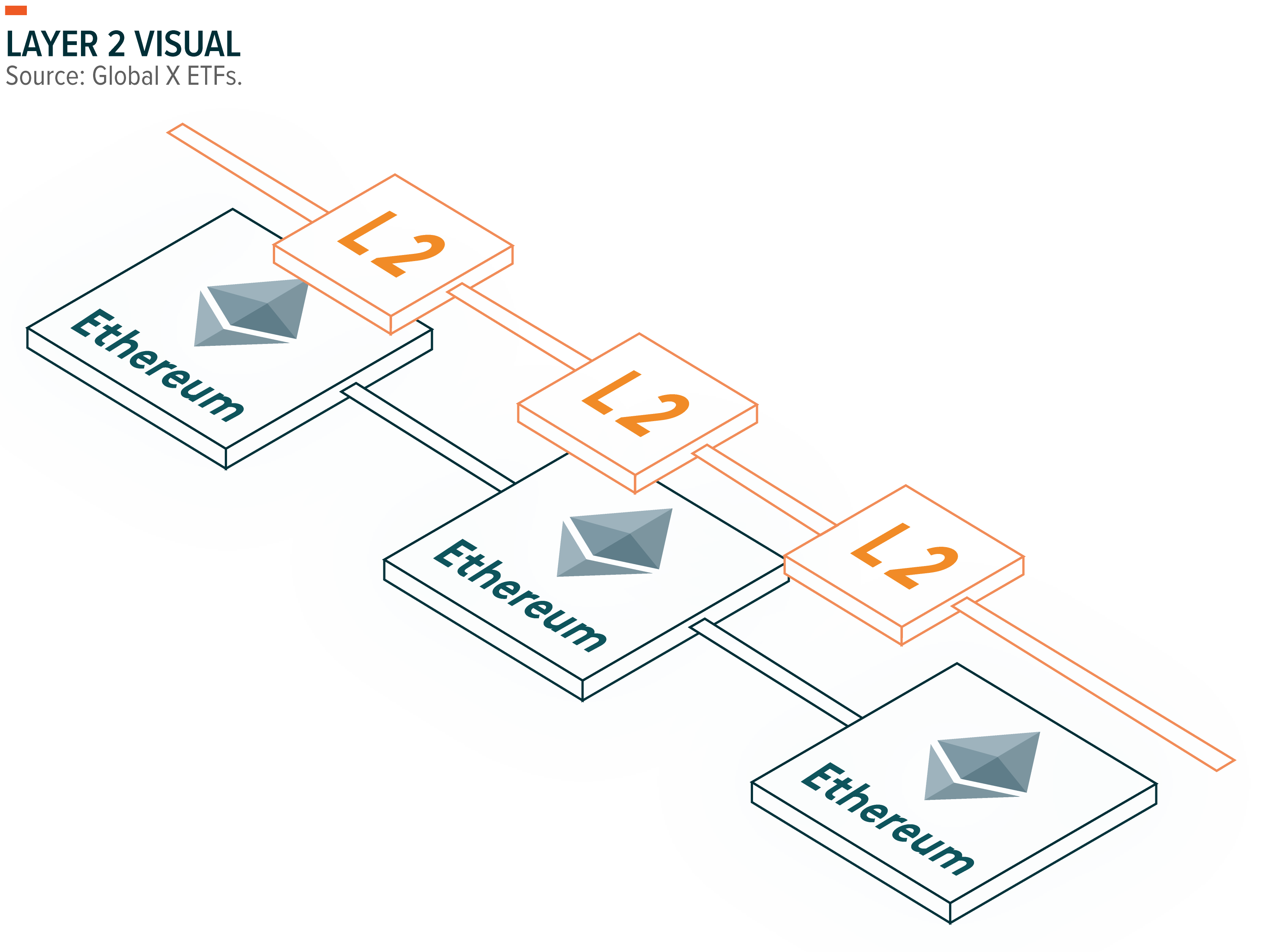What Are Layer 2 Solutions In Blockchain And How Do They Work
As we navigate the ever-evolving landscape of blockchain technology, it’s becoming increasingly clear that scalability remains one of the biggest hurdles to mainstream adoption. The good news is that a new wave of solutions, collectively known as Layer 2 scaling solutions, are helping to bridge this gap. In this article, we’ll delve into the world of Layer 2 solutions, exploring what they are, how they work, and why they hold such promise for the future of blockchain.

- Embracing The Future Of Digital Identity: A Guide To Decentralized Solutions For Enhanced Privacy
- The Rise Of Quantum Computing: A Double-Edged Sword For Cryptocurrency Security
- Breaking Down Borders: How Cryptocurrency Is Revolutionizing Global Transactions
- The Role Of Crypto In Decentralized Autonomous Organizations Daos
- Unlocking New Income Streams: A Journey Through DeFi Lending Protocols
To understand the concept of Layer 2 solutions, let’s first take a step back and examine the traditional blockchain architecture. The main chain, also known as Layer 1, is the foundation of the blockchain, providing a decentralized and secure platform for transactions to take place. However, this main chain has its limitations. As the number of transactions increases, so does the computational power required to process them. This can lead to slower transaction times, higher fees, and a more congested network.
That’s where Layer 2 solutions come in. These are separate, secondary protocols that operate on top of the main chain, effectively increasing the blockchain’s capacity to process transactions. By doing so, they help to alleviate congestion, reduce costs, and enhance overall performance. Think of Layer 2 solutions as high-speed express lanes that complement the main chain, allowing for faster and more efficient transaction processing.
But how do Layer 2 solutions work? There are several variants, each with its own unique approach to scaling. Here are a few examples:
- Optimistic Rollups: This type of Layer 2 solution involves "rolling up" multiple transactions into a single, batched transaction. This batch is then verified and executed on the main chain, significantly reducing the computational load and increasing processing speed.
- Zero-Knowledge Rollups: This type of solution uses advanced cryptography to verify transactions without revealing the actual data. This approach is highly efficient and secure, as it only requires the main chain to verify a small snippet of data, rather than the full transaction.
- State Channels: Imagine a temporary, secure communication channel between two parties. State channels are essentially private, off-chain communication channels that allow for multiple transactions to take place without being broadcast to the entire network. Only the final state of the channel is recorded on the main chain, reducing the load on the network.
These are just a few examples of the many Layer 2 solutions being developed. While they each have their advantages and disadvantages, the common thread is that they all aim to enhance the scalability and usability of blockchain technology.
The benefits of Layer 2 solutions are numerous. They enable faster transaction processing times, reducing the latency that has traditionally plagued blockchain networks. They also lower transaction fees, making it more accessible for users and businesses to interact with the blockchain. Furthermore, by increasing the network’s capacity, Layer 2 solutions can help to support a wider range of applications and use cases, such as gaming, social media, and decentralized finance (DeFi).
As the blockchain ecosystem continues to evolve, it’s clear that Layer 2 solutions will play a vital role in its growth and development. By complementing the main chain with secondary protocols, these solutions can help to unlock the full potential of blockchain technology, paving the way for a more scalable, usable, and widely adopted platform.
